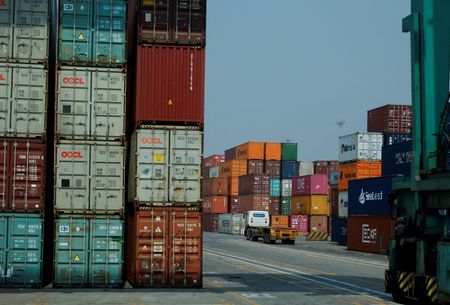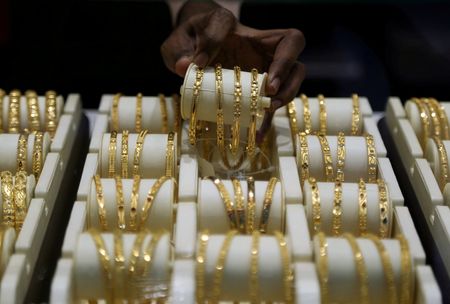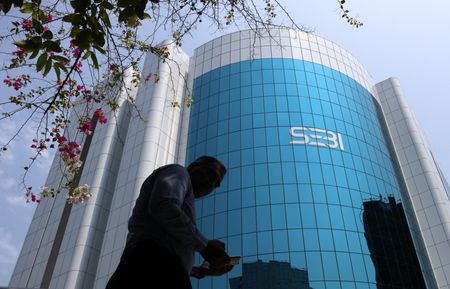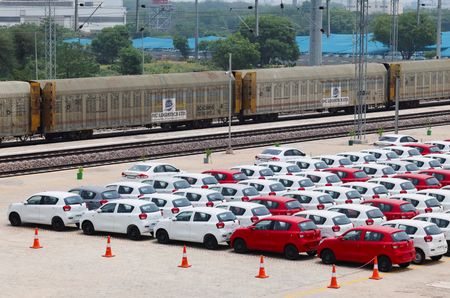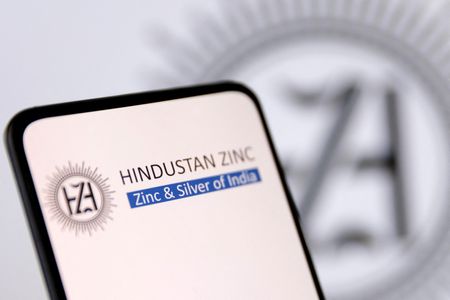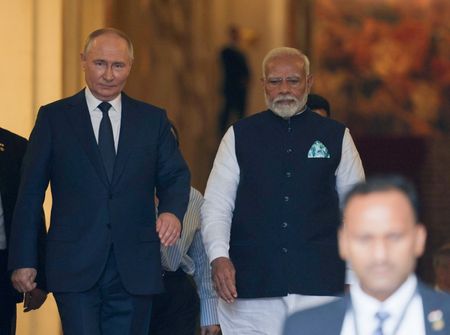(Reuters) – India was slapped with a reciprocal tax by the United States on Wednesday, as President Donald Trump raised trade barriers on all goods entering America.
Below are some of the key points:
TARIFF RATE AND COMMENTS ON INDIA
A flat 26% tariff was imposed on all goods being exported by India to the United States, amidst reciprocal tariffs in the range of 10%-49% unveiled by Trump for other countries.
The United States imposes a 2.5% tariff on passenger vehicle imports, while India imposes 70%, the White House said in a statement. Apples are allowed to enter U.S. duty free, but India imposes 50% duty on U.S. apples coming in to India, while rice attracts 2.7% in U.S., in India it is at 80%.
On networking switches and routers, the United States imposes a 0% tariff, but India levies higher rates 10-20%, the statement added.
The U.S. has a trade deficit of $46 billion with India.
WHICH SECTORS MAY BE HIT THE MOST?
Nearly $14 billion worth of electronics products and over $9 billion worth of gems and jewellery are among the top sectors to be hit by the U.S. tariffs. While the 26% tariff will not apply to auto parts and aluminium products, those will still attract the 25% tariff that Trump had announced earlier.
The White House said pharmaceutical products, which comprise nearly $9 billion worth of exports from India as per government data, and energy products are exempt under the latest round of tariffs.
Washington’s previous sector-wide average tariffs on India for automobiles, gems and jewellery, chemicals and pharmaceuticals and electronic products stood at 1.05%, 2.12%, 1.06%, and 0.41%, respectively, as per Global Trade Research Initiative.
WHAT ARE THE TARIFFS OTHER COMPETING ASIAN NATIONS FACE?
U.S. has levied a 34% reciprocal tax on China, Japan’s exports to U.S. will attract 24%, Thailand 36%, Bangladesh 37%, Malaysia 24%, Taiwan at 32%, South Korea at 25% and Vietnam will attract 46% – one of the highest.
COMMENT ON NON-TARIFF BARRIERS
The White House statement said India imposes its own uniquely burdensome and/or duplicative testing and certification requirements in sectors such as chemicals, telecom products, and medical devices that make it difficult or costly for American companies to sell their products in India.
“If these barriers were removed, it is estimated that U.S. exports would increase by at least $5.3 billion annually,” it said.
WAY AHEAD FOR INDIA
During Prime Minister Narendra Modi’s U.S. visit in February, the two nations agreed to start talks towards clinching an early trade deal and resolving their standoff on tariffs.
Reuters has reported that India is open to cutting tariffs substantially for over $23 billion worth of U.S. goods being sold to India.
With Trump charging a higher tariff on China, sectors where India can gain market share in shipments to U.S. include textiles, apparel and footwear, according to an internal Indian government report reviewed by Reuters.
India sees an opportunity in raising exports of iron and steel products too, where it has manufacturing competence, “especially if tariffs on China are higher,” according to the report.
(Reporting by Shivangi Acharya and Aftab Ahmed; Editing by Raju Gopalakrishnan)

